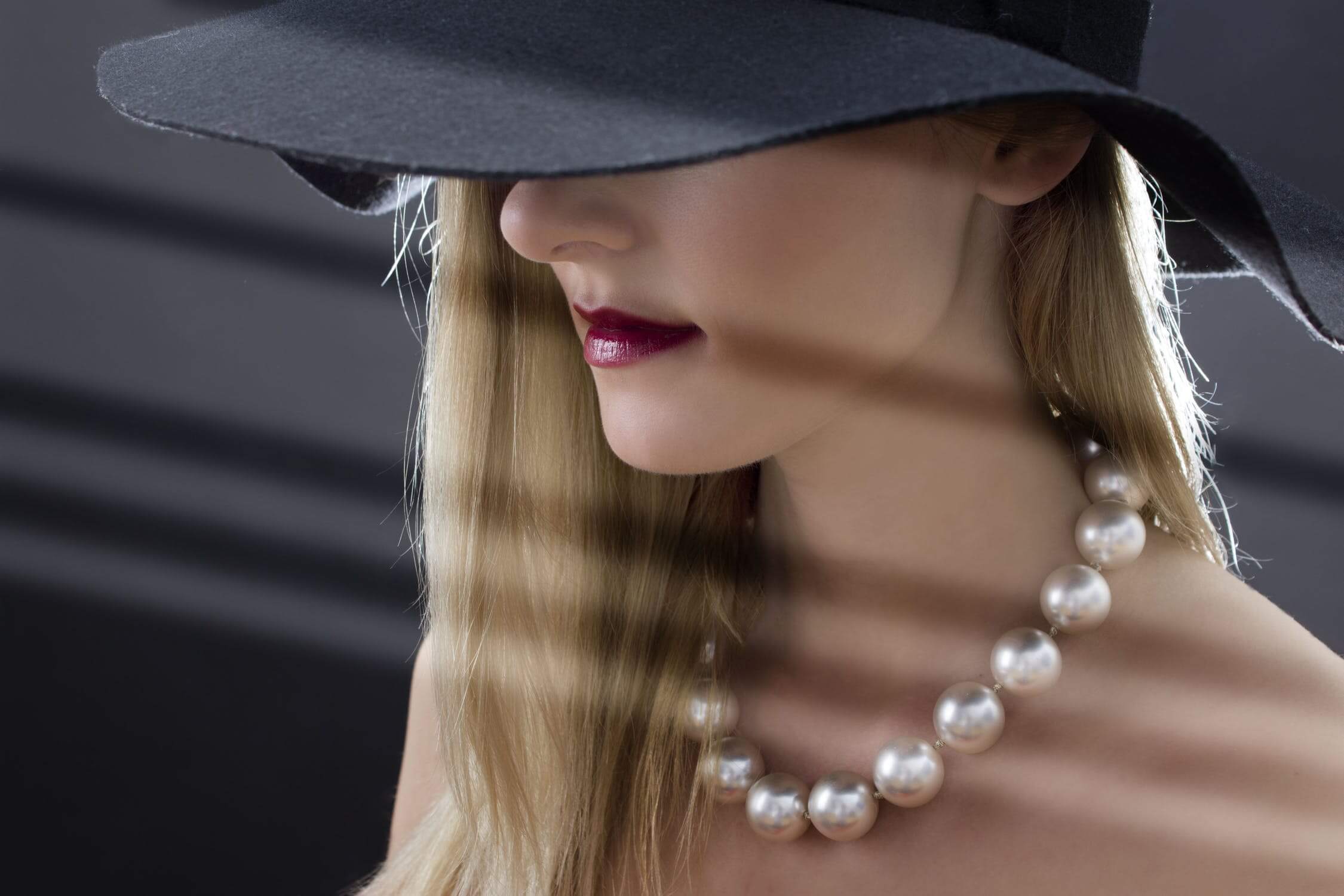Fine oyster pearls have always been of the least comprehended gemstones in the beauty industry. Even the best professional jewelers run into the trouble of not just identifying but purchasing the right ones. Understanding their grading can also be a challenging task. It’s, therefore, common for people to ask a couple of questions regarding how to purchase the right oyster pearls. Here are top strategies to use when picking the right oysters with pearls.
- Selecting a Type - Select Your Growth Style
Cultured pearls often grow via a process in which a tiny piece of sediment is deposited in the oyster. The oyster coats its deposit using a glossy secretion known as nacre. With time, the element builds layers that form a pearl. When choosing your pearls, go with one that has a unique growth style. In this case, it should be natural. Not only is it rare but expensive.
- Compare freshwater with saltwater pearls.
Freshwater pearls are pretty different from the saltwater pearls. The initial ones are often cultured in mussels while the latter grow in oysters. As such, freshwater pearls come in different shapes as well as colors. They also come in unique lusters. While saltwater pearls come in unique shapes too, they grow in large, unlike freshwater pearls.
- Take A Look At The Akoya Pearls
The Akoya Pearls have been named after a Japan-based Akoya oyster. This is the epitome of beauty in the region. As such, Akoya pearls are pretty milky with a silver overtone. But, they are also available in minty green as well as light blue. They are perfect for creating jewelry.
- Consider The Color Of The Pearl

Color is one of the first aspects you’ll notice about any pearl. Although this factor varies depending on the pearl you want to purchase, you should pay attention to two significant elements: the color of the body as well as the overtone. The body should be the major hue of the pearl while the overtone needs to be the sheen, which plays a role in pooling on the pearl surface.
- A Look At Quality
When choosing pearls, quality is a crucial consideration. This is similar to looking at the luster and color of the pearls. The brighter the color of the pearl, the more valuable it is. Therefore, it's vital to select one that suits your preference. Look at how much light it can reflect. You can quickly examine luster in a round pearl.
- Consider Examining The Surface Perfection
Check the surface perfection. Round pearls are rare. The common type is off-round and lumpy. It also has minor imperfections on the surface. You need to examine every gem based on a strand. Go through the surface imperfection. There can be small grooves as well as lumps on the surface. Foreign bodies found inside the oyster forms them.
- A Look at the Nacre
The nacre of the pearl is the element the oyster excretes when built upon the nucleus object. The longer the pearl lives in the oyster, the bigger the nacre becomes. A large volume of nacre will increase the luster of the pearl. A pearl that has small nacre will have a nucleus reflecting inside.
- Take-Home
When buying pearls, you should look for a strand that has identical pearls. The more similar they are, the more knitted the general look is. Always compare and contrast every pearl up-close prior to buying. This will enable you to choose the right one.



